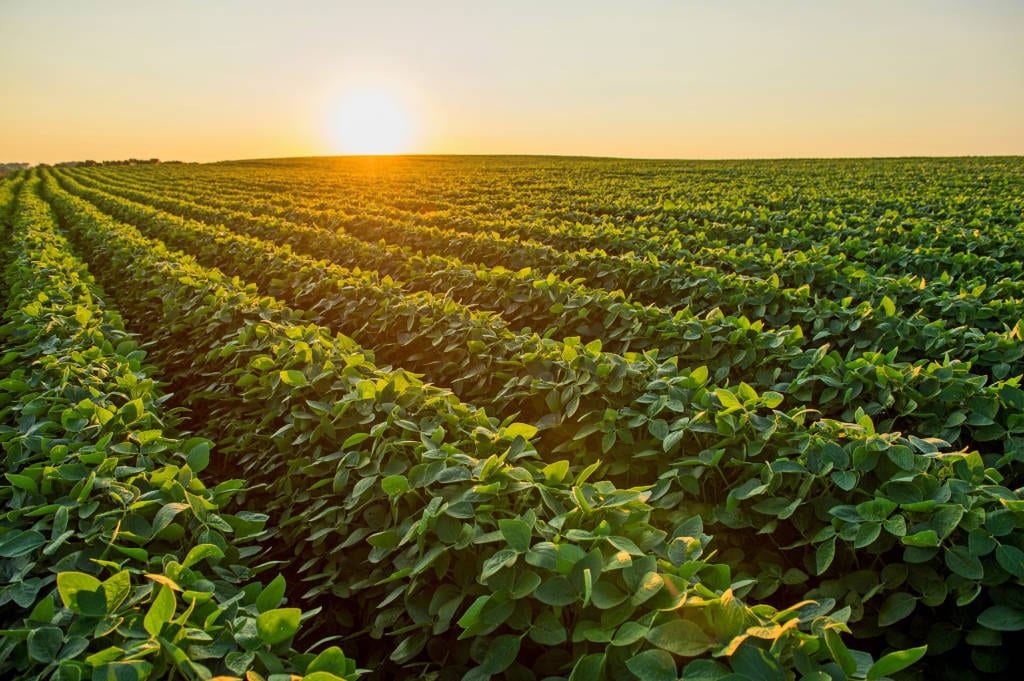Soy customers and consumers in Europe and around the world have made it clear: sustainable, responsible production matters. U.S. Soy created the Sustainability Assurance Protocol (SSAP) in 2013 to prove its commitment to delivering on this growing customer priority, and the program continues to rack up third-party certifications and recognition today.
The latest critical certification comes from FEFAC, which recently confirmed that SSAP passed stringent, independent benchmarking against its FEFAC Soy Sourcing Guidelines 2021. FEFAC, the European Compound Feed Manufacturers’ Federation, finalized updated guidelines earlier this year to provide European buyers with even stronger assurances regarding sources of sustainably produced soy products, including criteria to confirm “conversion-free” soy, or crops that are produced without the need to convert forestland or natural habitats to farmland. SSAP was also recognized as compliant with previous 2015 FEFAC guidelines, and it remains the only nationwide program achieving such certification.
The certification provides continued peace of mind for buyers in 27 countries in the EU and beyond that U.S. Soy purchased under SSAP meets or exceeds FEFAC criteria for responsibly produced soy. And with about 80% of U.S. Soy exports to EU countries certified under SSAP, we know that validation is important to our customers.
The same holds true for customers around the world, and SSAP has continually proven to be a trusted benchmark for responsible soy production. Earlier this year, SSAP was recognized for meeting the Olympic and Paralympic Games Tokyo 2020 Organizing Committee’s sustainable sourcing code for agricultural products, the Global Seafood Alliance’s Best Aquaculture Practices and the Consumer Goods Forum’s Sustainable Soy Sourcing Guidelines.
“U.S. Soy farmers have always prioritized sustainability, but we knew early-on that we not only needed to do the right things, but we also needed to prove it for our customers,” said Abby Rinne, Director of Sustainability at USSEC. “SSAP is one of the largest and oldest sustainability verification programs in the agriculture industry, and it has proven over time to be a highly reliable measure of U.S. Soy farmers’ commitment in areas like biodiversity, sustainable production practices, public and labor health and continuous improvement of farming practices.”
SSAP also represents an ongoing commitment to expanding and improving sustainable agriculture practices. U.S. Soy farmers continue to raise the bar on sustainability by employing practices like cover crops, crop rotation and conservation tillage to maximize yields, capture carbon from the atmosphere and conserve soil, water and other precious natural resources. Advances in technology, such as precision farming equipment, data analysis and drones, also support more sustainable farming.
By 2025, U.S. Soy has established goals for substantial improvements in key areas, including:
- Reducing land use impact by 10% (acres per bushel)
- Reducing soil erosion by 25% (tons per bushel)
- Increasing energy use efficiency by 10% (BTUs per bushel)
- Reducing total greenhouse gas emissions by 10% (pounds CO2-equivalent gasses emitted)
These objectives further enhance U.S. Soy’s significant sustainability accomplishments in recent decades. Since 1980, U.S. Soy farmers have improved:
- 60% irrigation water use efficiency improvement per bushel
- 48% land use efficiency improvement per bushel
- 46% energy use efficiency improvement per bushel
- 43% greenhouse gas emissions efficiency improvement per bushel
- 34% soil conservation improvement per acre per year
…and increased production by 130% thus enabling families to access nutritious, sustainable, safe, and affordable food.
These efforts to support sustainable value chains advance United Nations (UN) Sustainable Development Goals (SDGs), which provide a shared blueprint for peace and prosperity for people and the planet, now and into the future. U.S. Soy initiatives support SDG Goal 2: Zero Hunger, and intersect with other goals such as Clean Water and Sanitation, Responsible Consumption and Production, Climate Action, Life on Land, and Partnership.
